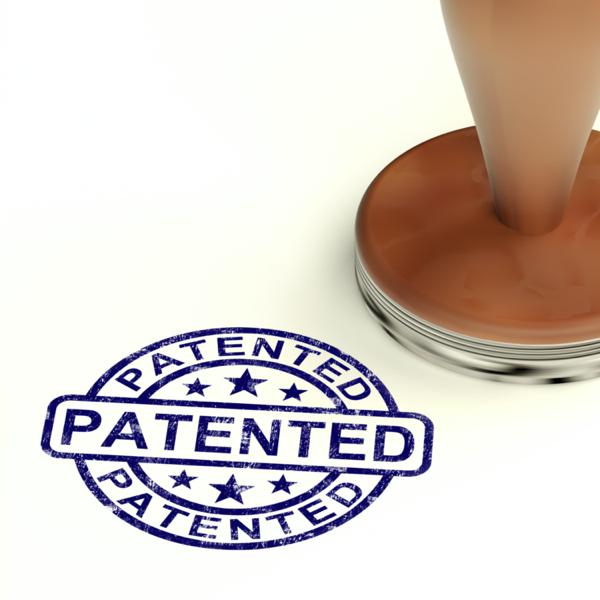
- Home
- About
- Patenting Tools
- Patenting Research
- FAQs
- Case Studies
- By Industries
- Electronics
- Software
- Communications
- Blockchain and Fintech
- Artificial Intelligence (AI)
- Nanotechnology
- 3D Printing
- Autonomous Vehicles
- Metaverse
- Cannabis Patents and Trademarks
- Digital Healthcare
- Medical Devices
- Animal Health
- Infectious Disease
- Prescription & OTC Drugs
- Consumer Products
- Food Science &Packaging
- Internet
- Chemical Products
- Industrial Product
- Biopharmaceuticals
- Therapeutic Antibodies
- Industrial and Agricultural Biotech
- By Companies
- For Founders & Entrepreneurs
- Blog
- Contact

Address
4701 Patrick Henry Dr, Building #16,
Santa Clara, CA 95054
Attorney Advertisement
Privacy Policy | Disclaimer & Terms of Use
Nothing on this advertisement should be taken as legal advice for any individual case or situation. This information is not intended to create, and receipt or viewing does not constitute, an attorney-client relationship. The hiring of a lawyer is an important decision and one that should not be based solely on advertising. The PatentPC may collect other information about you, such as your IP address, geographic information, the type of the web browser and operating system you use, and any other information that your web browsing software or Internet Service Provider automatically provides to our Site. We may be collecting and tracking information about the activities in our Site you engage in to help us know what users are interested in.









































































































































